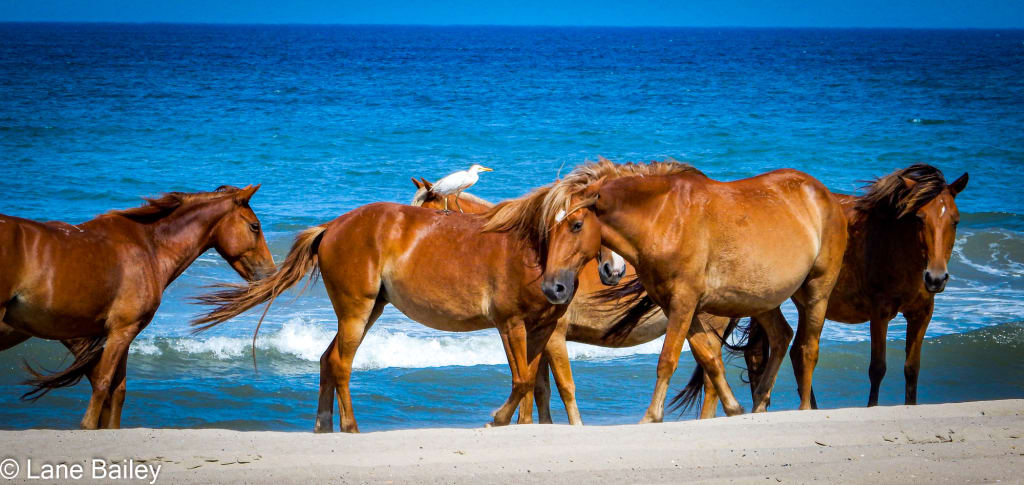
From Ocracoke north to Carova, along the Outer Banks of North Carolina, Spanish Mustangs used to roam freely. Now, there are only a protected few.
Nobody knows exactly how they got there, but it is widely accepted to have happened about 500 years ago. These Spanish Mustangs surfaced on the thin strand of sand stretched along the Atlantic Ocean from Ocracoke Island, where Blackbeard was known to relax, north past Hatteras, with it's well-known light marking the "Graveyard of the Atlantic", further, past Kitty Hawk and Kill Devil Hills, where the Wright Brothers launched the world's first, successful powered, heavier than air flight, up to a place called Carova.
Some think these horses are the survivors of shipwrecks from the Spanish explorations in the area. Others think it likely that as ships faced unfavorable weather, the horses were jettisoned, and these are the survivors of those that made it to shore. Another possibility is that, as the explorations wound down, and the horses were no longer needed, they were just abandoned to the wilds of the area.
Very few experts disagree about the timing though... about 1500. That means that these proud beasts have been surviving on their own for 500 years. They eat the salt-heavy grasses, and dig for roots, most of their water coming from the plants they consume. In fact, regular "treats" like apples and carrots can cause them damage because their bodies are tuned to the harsh environment in which they live.
And harsh it is. The area has been shaped and altered through the centuries since their arrival by vicious weather. Hatteras, in the center of their historic range, has been called the graveyard of the Atlantic. Untold shipwrecks lie in the waters off the Outer Banks. The USS Monitor, one of the ironclad of the Civil War disappeared below the waves in the storm, as have hundreds of other vessels.
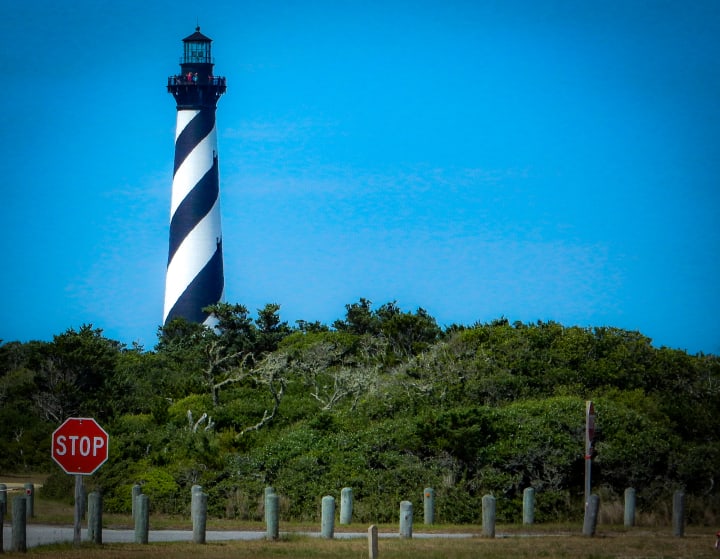
As these horses roamed the shores, Blackbeard became the most well-known pirate in the area. He met with his friends and some of the families of his crews lived along the strand near Ocracoke Island. In 1718, the horses may have been standing watch as Blackbeard was caught and beheaded just off the island.
The US Coast Guard partially grew out of the rescue stations that spouted up in a few places, including Hatteras. With the many sinkings, intrepid rescuers would aid the sailors in getting ashore safely. In 1942, British sailors from the HMS Bedforshire wshed ashore. Many are buried in the British Cemetery on Ocracoke.
As civilization began to encroach, much of the herd was concentrated at the northern end of the strand, as well as pushed south, out of the Virginia coastal area. Where once the horses roamed freely, sometimes even swimming across the dangerous and shifting inlets, now the wild herd is concentrated only in the area from Corolla, North Carolina, to the Virginia state line.
The area in which they live has no paved roads, but technically, NC12 continues along the beach to the state line. There used to be a sand road that connected all the way to Virginia Beach, but it was closed in the 1970s.
After Corolla, those with 4wd vehicles, can lower their tire pressures and turn onto the deep sand of the beach. The adventurers can drive north along the strand, dunes on one side, ocean on the other, and watch for the horses. They often come across the dunes to play in the surf or walk along the beach.
After watching for the horses, they may sit along the 4wd beaches and soak in the sun, surf or fish the waters. Sometimes they may be rewarded with a dolphin sighting, as well as seeing the migratory seabirds. Sea Turtles are also known to birth along the strand.
For my two boys, a visit to the 4wd beaches is a rite of passage. I have taken a trip with each of them to see the horses and drive along the beach. We make the ten hour drive to Cedar Island and catch the ferry to Ocracoke. Spending the night there, we enjoy some of the local food and history before heading north. Another ferry takes us to Hatteras Island for the drive along the island north.
In some places barely 50 yards separates the ocean to the east from the "sound" to the west. Only a dune on the ocean side rises more than a couple of feet from the high-tide line. Kite-surfers and pleasure boaters are often seen on the sound, while surf-fishers are often found among the beach-goers on the ocean side.
North of Hatteras is Bodie Island. That is where Nags Had, Kill Devil Hills and Kitty Hawk can be found, along with Jockey's Ridge, a giant dune known for hang gliding. The same winds that were on the minds of Orville and Wilbur Wright now propel hang-gliders out over the ocean, floating on the thermals and sailing the breezes.
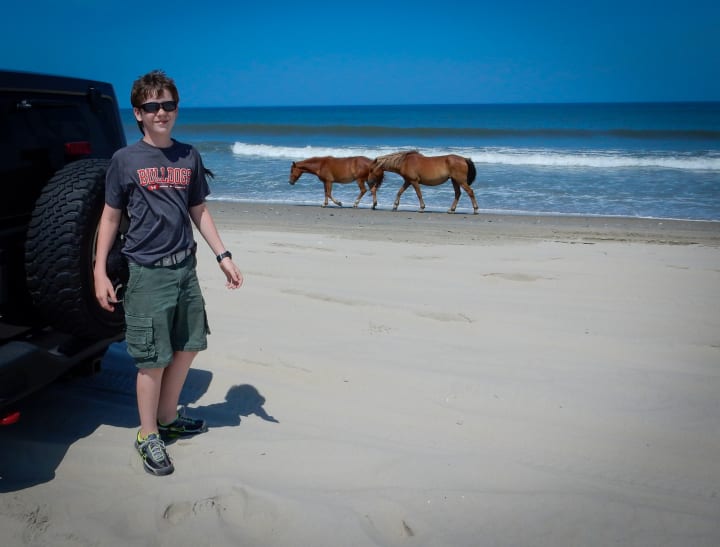
Most of the traffic turns to the mainland north of Kitty Hawk, but the road continues north along the strand past Duck to Corolla. If you don't have a 4x4... and we aren't talking about your BMW, Audi or Subaru here... a REAL 4wheel drive vehicle with low-range and some ground clearance... you can join a "Wild Horse" tour from Corolla. Otherwise, you can lower your tire pressure and continue north another dozen miles on the deep sand.
There is no permit required to drive the beach, but there is one needed for parking along the strand. At the Virginia line, a large fence blocks further access. You can wind through the anti-horse gate and walk as far as you dare, but there are no horses or vehicles past the gate.
If you go, take what you need. Once you leave the pavement, there are no stores and a tow truck WILL be expensive. But don't approach or feed the horses. Watch for beach-goers. And check out the AMAZING houses on the other side of the dunes. Some are available for rental, but you HAVE to plan ahead.
There are usually groups of horses wandering along the beach, but sometimes they are on the other side of the dunes. There are sand roads there ,too. Stick to the routes, don't go dune-bashing, and watch your speed.
In addition to the natural beauty, the horses are the big draw for many.
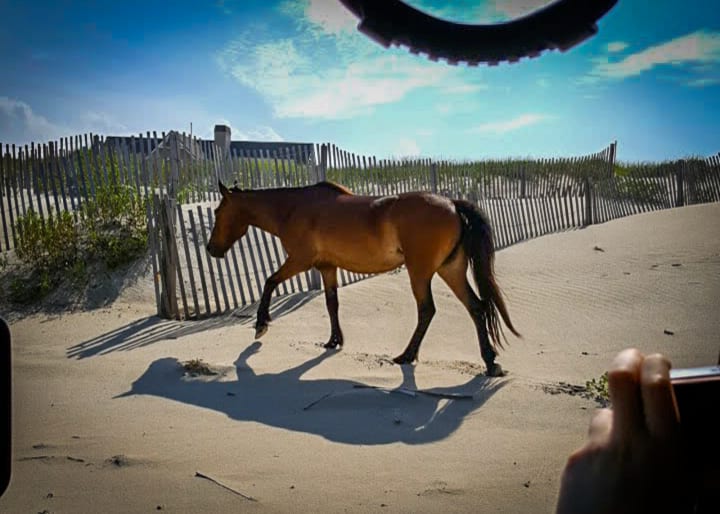
The Spanish Mustangs are unique. they are the descendants of battle horses. That was what they were bred to do. And now, they are feral and as hardy a horse as can be found. The government keeps an ever watchful eye on the herd, and actually auctions off horses from time to time to keep it manageable.
Just a few decades ago, local Boy Scout Troops would wrangle horses. It was a rite of passage at the time. Surprisingly, still, these horses, bred for war and adventure, have also proven to be gentle and easy for even children to ride. They aren't overly large, probably due to dietary constraints, but they are tough and healthy.
I've always found it interesting that given their lineage and history, they are such gentle creatures.
At the same time, they have been known to bite those that pester them.
Enjoy the Spanish Mustangs of the Outer Banks.
About the Creator
L. Lane Bailey
Dad, Husband, Author, Jeeper, former Pro Photographer. I have 15 novels on Amazon. I write action/thrillers with a side of romance. You can also find me on my blog. I offer a free ebook to blog subscribers.

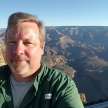
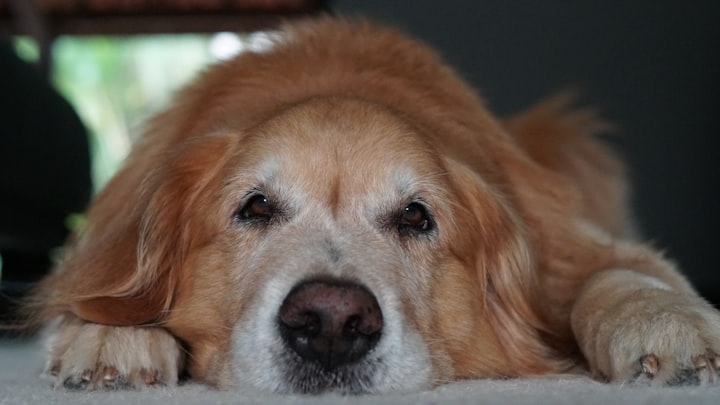

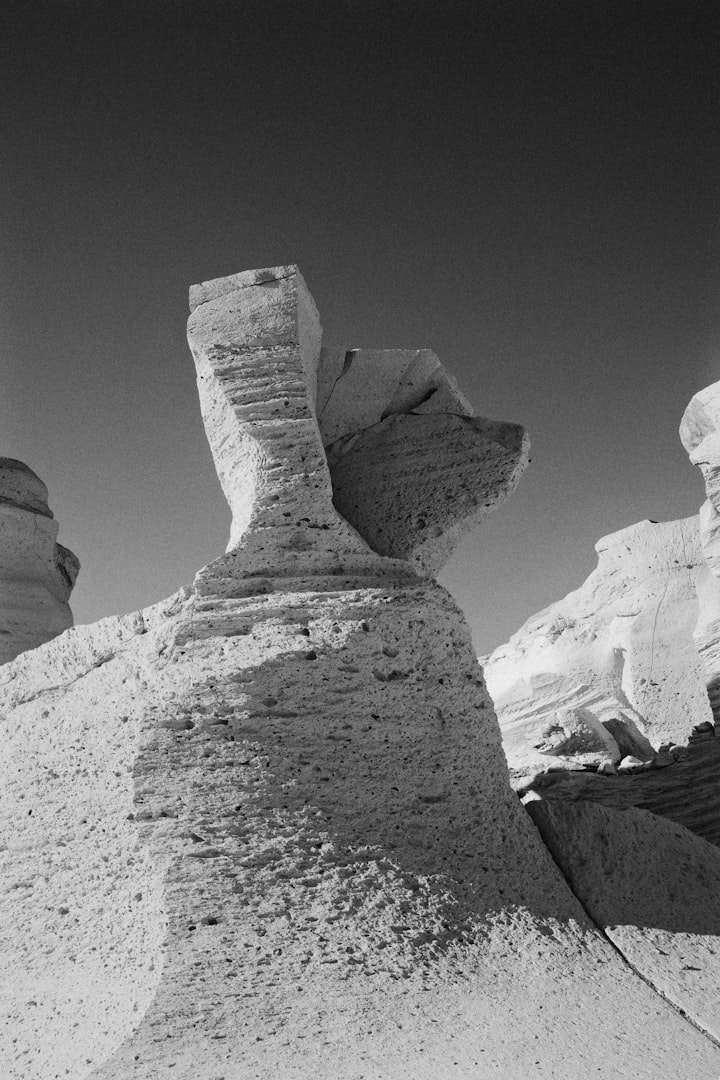

Comments
There are no comments for this story
Be the first to respond and start the conversation.